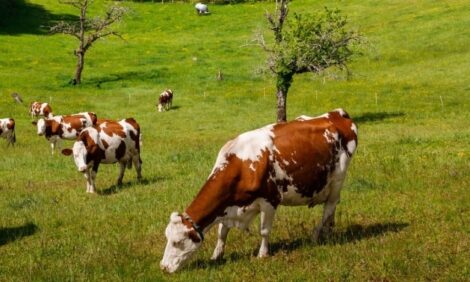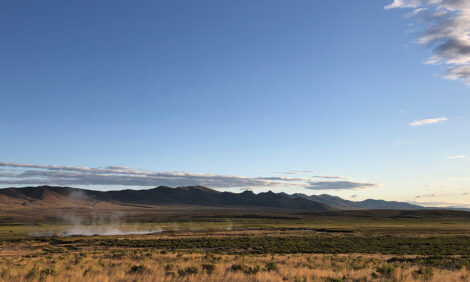



US Herd Rebuilding Doesn't Suit Everyone
AUSTRALIA - Signs of recovery are evident in the US cattle industry after drought-induced herd liquidation, but this is not good news for some.Australians have been warned this week that their cattle might need more consideration from the middle of this year, both in terms of stocking and marketing.
Although it may be some time off, an ‘over-correction’ in US cattle numbers will impact Australian exports.
This is according to Meat and Livestock Australia, which told its producers that market diversity is ‘imperative’.
Australian beef has, for several months, been plugging the gap in beef supply left by the 2012 drought. ‘Extraordinarily strong’ demand for Australian manufacturing beef has led to a string of record shipment months.
However, since the New Year, the price of imported beef to the US has been dropping.
And while sky-high beef prices have smashed record after record in the US, importers have not had life easy.
Labour disputes at ports, falling US demand, an ‘unexpected’ improvement in the cattle inventory in February and a sharp drop in the futures before Christmas have not gone unnoticed in the Australian agricultural media.
“While the potential downward pressure on the beef market may not be for some time, it is important to be aware that US production will grow again,” said an MLA spokesperson.
“Once the US cattle herd gets into the second and third generations of rebuilding, an excess of cows will again become available to US processors, potentially limiting the demand for imported lean manufacturing beef – although, this may not be until late 2016 or 2017.”
First signs of US rebuilding came in February with the cattle report. North Dakota State livestock economist Time Petry stated herd rebuilding had started ‘in earnest’. read more
He was reacting to a 2.1 per cent rise in beef cows calved in 2014 and seven per cent more beef heifer replacements to calve this year.
Many analysts have underlined the fact that a herd recovery will take several years and that the US consumer has been loyal to beef at a time when it could have switched to pork or poultry during record retail prices.
Structural problems in the poultry sector and the recent bird flu outbreak are challenging one industry, while porcine epidemic diarrhoea virus (PEDv) has potentially cost the pork sector over a billion dollars.
The figure comes from an impact assessment at Purdue University last year, which predicted beef to show the largest spillover benefits, although small.
In terms of avian influenza, any broiler outbreak would be critical on markets – almost all outbreaks have been on turkey farms – and it remains ‘a real source of uncertainty’ for livestock.
This is according to the American Farm Bureau’s chief economist, John D. Anderson who says the big question remains on the impact broilers will see from avian influenza.
Michael Priestley
News Team - Editor
Mainly production and market stories on ruminants sector. Works closely with sustainability consultants at FAI Farms



